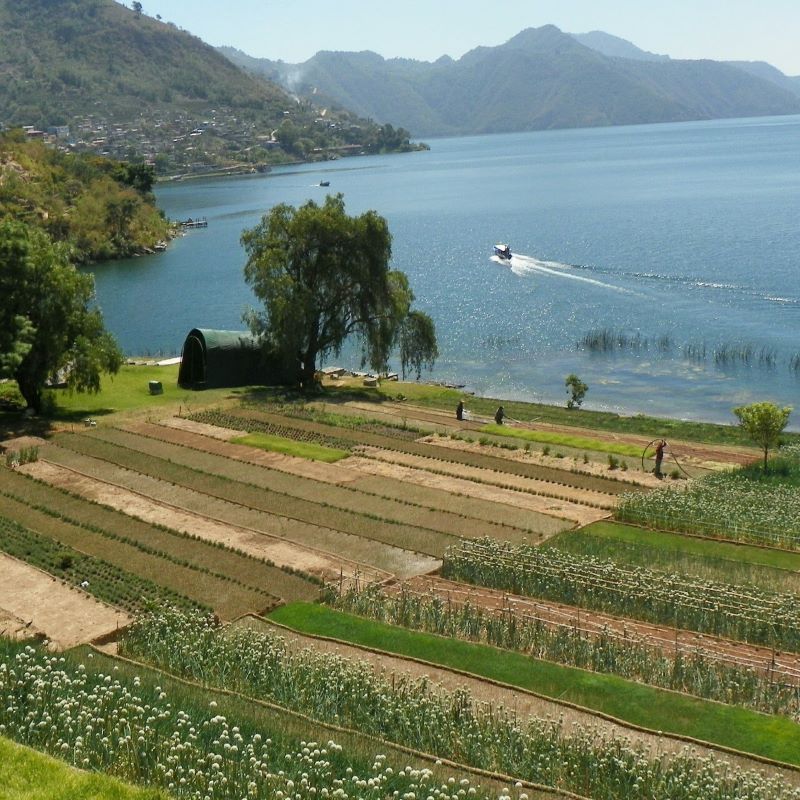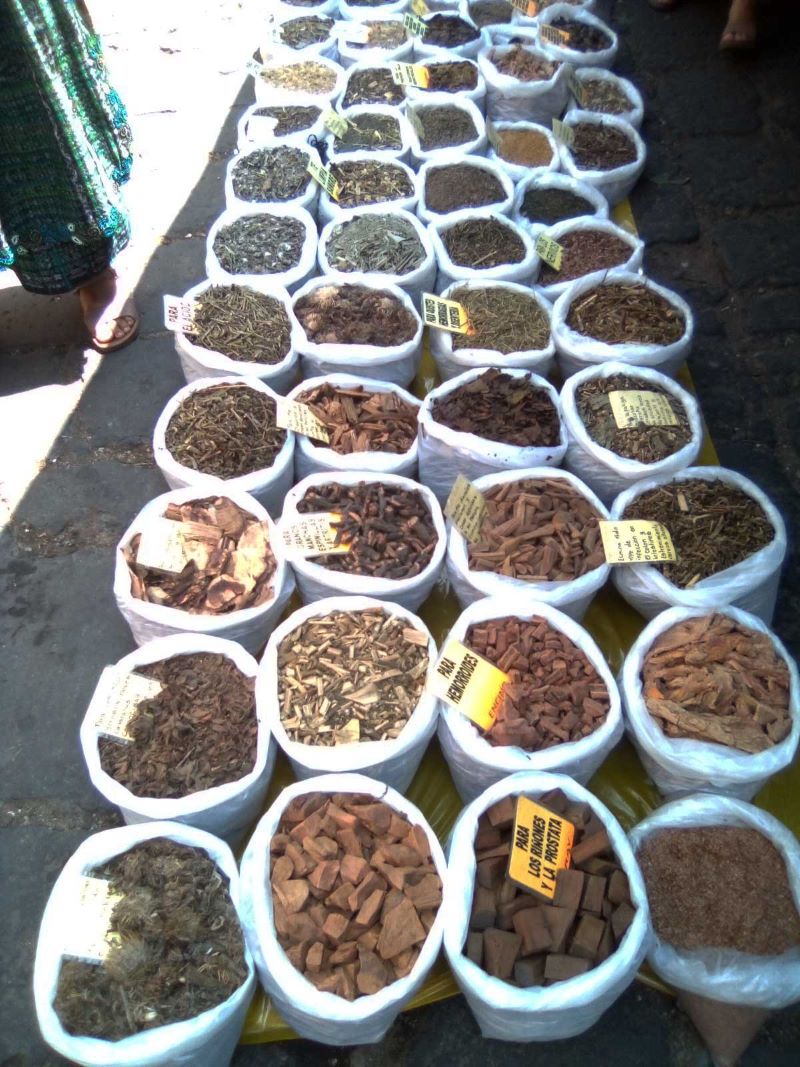Finding Pure Organic Herbs, Here’s why achieving truly “pure” organic is challenging:
I started my hunt to find pure organic produce, but I was very disappointed to find that many brands claim to be organic, natural, and sustainable. One example I found was lovely perfect sweat corn, which had been dipped in a preservative, I had to wash off.
Look closely at the produce itself:
- Organic produce may not be cosmetically perfect. It may have blemishes, odd shapes, or vary in size and color compared to conventionally grown produce.
- Organic fruits and vegetables are less likely to be shiny or waxy, as they are not treated with preservatives or artificial coatings.
- Organic fruits and vegetables may have a stronger aroma than conventionally grown produce.
- Environmental factors: Even organically grown crops can be exposed to trace amounts of pesticides or other contaminants from neighboring farms using conventional methods, airborne pollutants, or even naturally occurring substances in the soil or water.
- Post-harvest handling: Organic produce may be transported and stored alongside conventionally grown produce, increasing the chance of minimal cross-contamination.
- Microscopic level: Even within a single fruit or vegetable, there can be naturally occurring microorganisms or trace elements that wouldn’t be considered “pure” in the strictest sense.
- Prioritize the Dirty Dozen: By focusing on organic versions of fruits and vegetables with historically higher pesticide residues (EWG’s Dirty Dozen list), you can make a targeted impact.
Finding Pure Organic Herbs
Fresh produce is often sprayed with various substances for different purposes, including pesticides, fungicides, and sometimes even wax coatings.
- Pesticides: These are chemicals used to kill or control pests such as insects, mites, weeds, and fungi that can damage crops. They help in protecting the produce during growth, harvesting, and storage. Common pesticides used on fruits and vegetables include organophosphates, pyrethroids, neonicotinoids, and others.
- Fungicides: These chemicals are used to control fungal diseases that can affect plants, particularly during storage and transportation. They help prevent spoilage and extend the shelf life of produce. Examples of fungicides include captan, thiabendazole, and propiconazole.
- Wax Coatings: In some cases, fruits and vegetables are coated with edible wax to enhance their appearance, preserve freshness, and prevent moisture loss. This is particularly common in fruits like apples, cucumbers, and citrus fruits. The wax can be made from natural sources such as carnauba wax, shellac, or synthetic materials.
1. **Local Farmers’ Markets:** Farmers’ markets are great places to find locally grown organic produce. You can often talk directly to the farmers to ensure their produce meets your standards for purity and organic certification.
2. **Community Supported Agriculture (CSA):** Joining a CSA program allows you to subscribe to a local farm and receive a regular delivery of fresh, organic produce. This way, you can support local farmers while ensuring the purity and quality of the produce you receive.
3. **Health Food Stores:** Many health food stores specialize in organic produce. Look for stores that prioritize organic and locally sourced items.
4. **Food Cooperatives:** Food co-ops are community-owned grocery stores that often prioritize organic and locally sourced products. Members typically have a say in the products carried, which can ensure a focus on purity and quality.
5. **Online Retailers:** Numerous online retailers specialize in organic produce. Some well-known options include Thrive Market, Imperfect Foods, and Misfits Market. Ensure that the retailer you choose has transparent sourcing practices and certifications for organic products.
6. **Certification Websites:** Websites like the USDA Organic Integrity Database allow you to search for certified organic producers and handlers. You can use this tool to verify the organic certification status of specific farms and suppliers.
7. **Directly from Farms:** Some organic farms offer online ordering and delivery services, allowing you to purchase produce directly from the source. This ensures transparency in sourcing and may provide fresher produce compared to retail stores.
8. **Subscription Services:** Consider subscribing to a delivery service specializing in organic produce. These services often source directly from organic farms and regularly deliver fresh produce to your doorstep.
When purchasing organic produce, be sure to look for certifications such as USDA Organic, which ensures that the products meet specific standards for organic production. Additionally, don’t hesitate to ask questions about farming practices and certifications to ensure the purity of the produce you’re purchasing.
Guatemala is organic, Finding Pure Organic Herbs the country has a growing organic agriculture industry. According to the Ministry of Agriculture, Livestock and Food, there are currently over 164 certified organic operators in Guatemala, and the area dedicated to organic farming exceeds 200,000 hectares or 494,210 acres.
Some of the organic products exported from Guatemala include:
- Coffee
- Cardamom
- Cacao
- Macadamia nuts
- Honey
- Lettuce
- Green beans
- Black tea
- Bananas
- Onions
- Papaya
- Broccoli




 Joan Cass
Joan Cass Joan Cass
Joan Cass